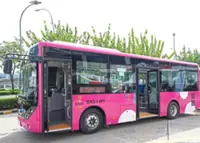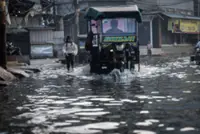PETALING JAYA: Following a pronounced dip during the Covid-19 pandemic, public transport ridership is well on the way to recovery, with the figure two months ago more than twice of that in January 2022.
Malaysia reopened its borders in April 2022 and began its transition to the endemic stage.
Already a subscriber? Log in
Save 30% OFF The Star Digital Access
Cancel anytime. Ad-free. Unlimited access with perks.





